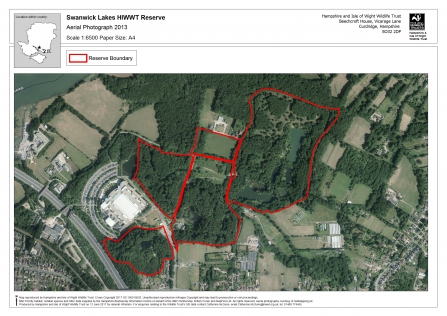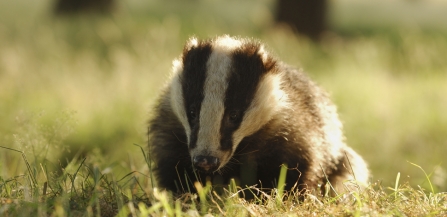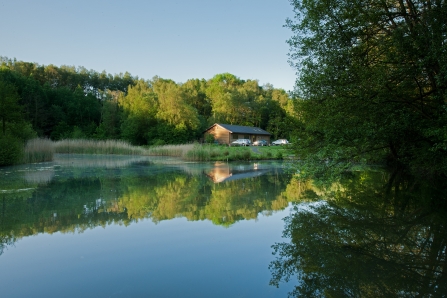Back at the start of the 1990s, the Trust’s then CEO, Bob Page, saw the opportunity to make sure that wildlife and the local community benefitted from the increasing development happening in the area. The Trust wanted to establish an education centre and had already spotted the potential at the former Brickworks land at Swanwick.
When NATS selected Swanwick as their new base for the national air traffic control centre, the idea took flight.
The site had been derelict and untouched for 30 years after the brickworks closed. Where the NATS offices are now located was formerly a dumping ground. The other land that had been left to nature, now forms Swanwick Lakes Nature Reserve.
Di Smith was involved from the very first day at Swanwick Lakes nature reserve. She became the first reserves officer in 1991 and remains actively involved with the reserve to this day.





